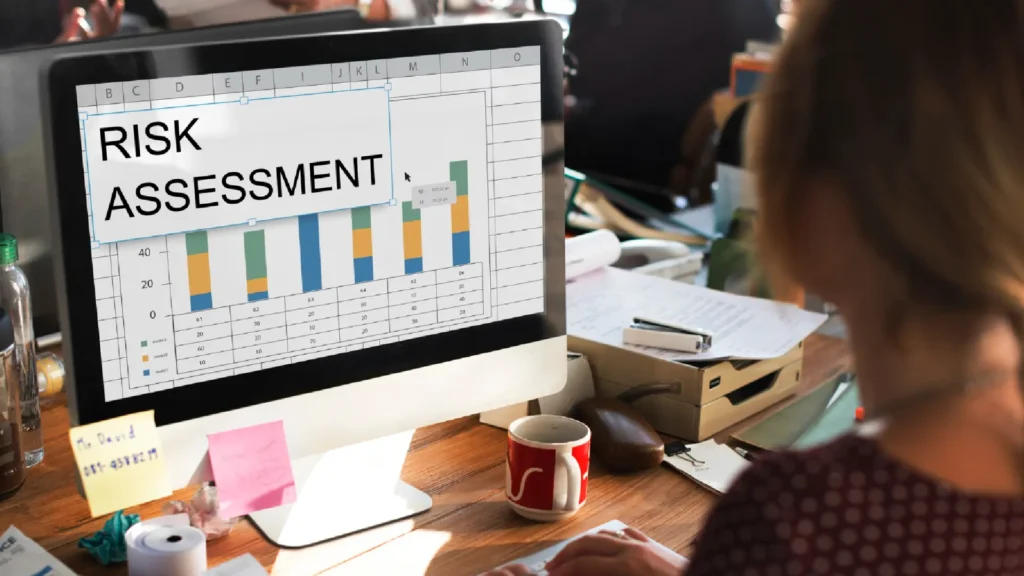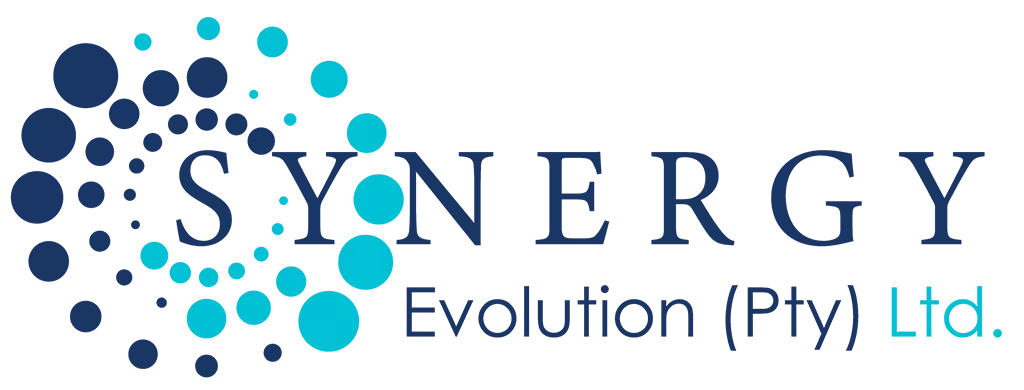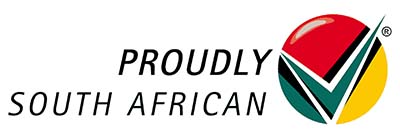Here’s how to effectively integrate physical asset verification audits:
1. Align with Risk Management Strategy
2. Design Audit Action Plans
3. Conduct Physical Asset Verification Audits
4. Follow-up and Continuous Improvement
Physical asset verification audits play a crucial role in safeguarding your organization’s valuable assets and mitigating associated risks.
By integrating them into your risk management strategy and audit action plans, you can gain valuable insights, improve asset control, and make informed decisions.
Key Facts
- Integrating physical asset verification audits is essential for safeguarding assets and mitigating risks.
- Steps to integrate audits: Align with risk strategy, design action plans, conduct audits, and focus on continuous improvement.
- Key actions include identifying critical assets, assessing risks, scheduling audits, and validating asset data through physical verification.
- Benefits: Enhanced control, risk mitigation, compliance assurance, and informed decision-making.
- Tools like asset management software, barcoding/RFID, and drone technology aid in efficient audit processes.
- Integration leads to a clear asset landscape, control strengthening, and proactive risk mitigation.
Integrating Physical Asset Verification Audits
Here’s how to effectively integrate physical asset verification audits:
1. Align with Risk Management Strategy:
- Identify critical assets: Prioritize assets with high financial value, operational significance, or vulnerability to loss, theft, or damage.
- Assess risks: Analyze potential threats like theft, fraud, misuse, obsolescence, or environmental factors for each critical asset.
- Evaluate controls: Assess existing controls in place to mitigate identified risks, such as access control, maintenance procedures, and tracking systems.
2. Design Audit Action Plans:
- Schedule audits: Determine the frequency of audits based on risk assessments. High-risk assets may require more frequent audits.
- Scope and methodology: Define the specific assets, locations, and procedures to be covered in the audit. Consider using sampling techniques for large asset populations.
- Audit team: Assemble a qualified team with expertise in asset management, verification methods, and risk assessment.
3. Conduct Physical Asset Verification Audits:
- Physical verification: Validate the existence, location, and condition of each asset through physical inspection and comparison with asset registers.
- Data analysis: Analyze discrepancies between physical and recorded data to identify missing, misplaced, damaged, or unauthorized assets.
- Reporting and recommendations: Document findings, identify root causes of discrepancies, and propose corrective actions to address control weaknesses and mitigate risks.
4. Follow-up and Continuous Improvement:
- Implement corrective actions: Address identified issues through improved asset tracking, access control, maintenance procedures, or training.
- Monitor effectiveness: Track the effectiveness of implemented controls and adjust audit action plans as needed.
- Continuous improvement: Regularly review and update your risk management strategy and audit action plans to adapt to changing risks and asset portfolios.
Benefits Of Integrating Audits
- Enhanced control: Improved asset tracking and accountability reduce the risk of loss, theft, and misuse.
- Risk mitigation: Proactive identification and addressing of vulnerabilities minimize financial losses and operational disruptions.
- Compliance assurance: Audits help ensure compliance with internal policies, regulations, and external reporting requirements.
- Informed decision-making: Accurate asset data enables informed decisions on asset management, investment, and decommissioning.
Tools And Technologies
- Asset management software: Streamline asset tracking, record keeping, and audit preparation.
- Barcoding and RFID: Automate asset identification and verification processes.
- Drone technology: Conduct efficient inspections of large or remote assets.
By integrating physical asset verification audits into your risk management strategy and audit action plans, you can gain a clear picture of your asset landscape, identify and address control weaknesses, and proactively mitigate risks.
This proactive approach can lead to significant benefits in terms of asset protection, operational efficiency, and financial performance.
Conclusion
To wrap it up, integrating physical asset verification audits isn’t just a good idea; it’s a game-changer.
In the dynamic business world of South Africa, where surprises can pop up like confetti, these audits are your trusted sidekick.
So, gear up, dive in, and let your business thrive with the power of meticulous asset verification!
Remember, it’s not just about assets; it’s about securing the heartbeat of your business. Cheers to risk management that packs a punch! 🚀








